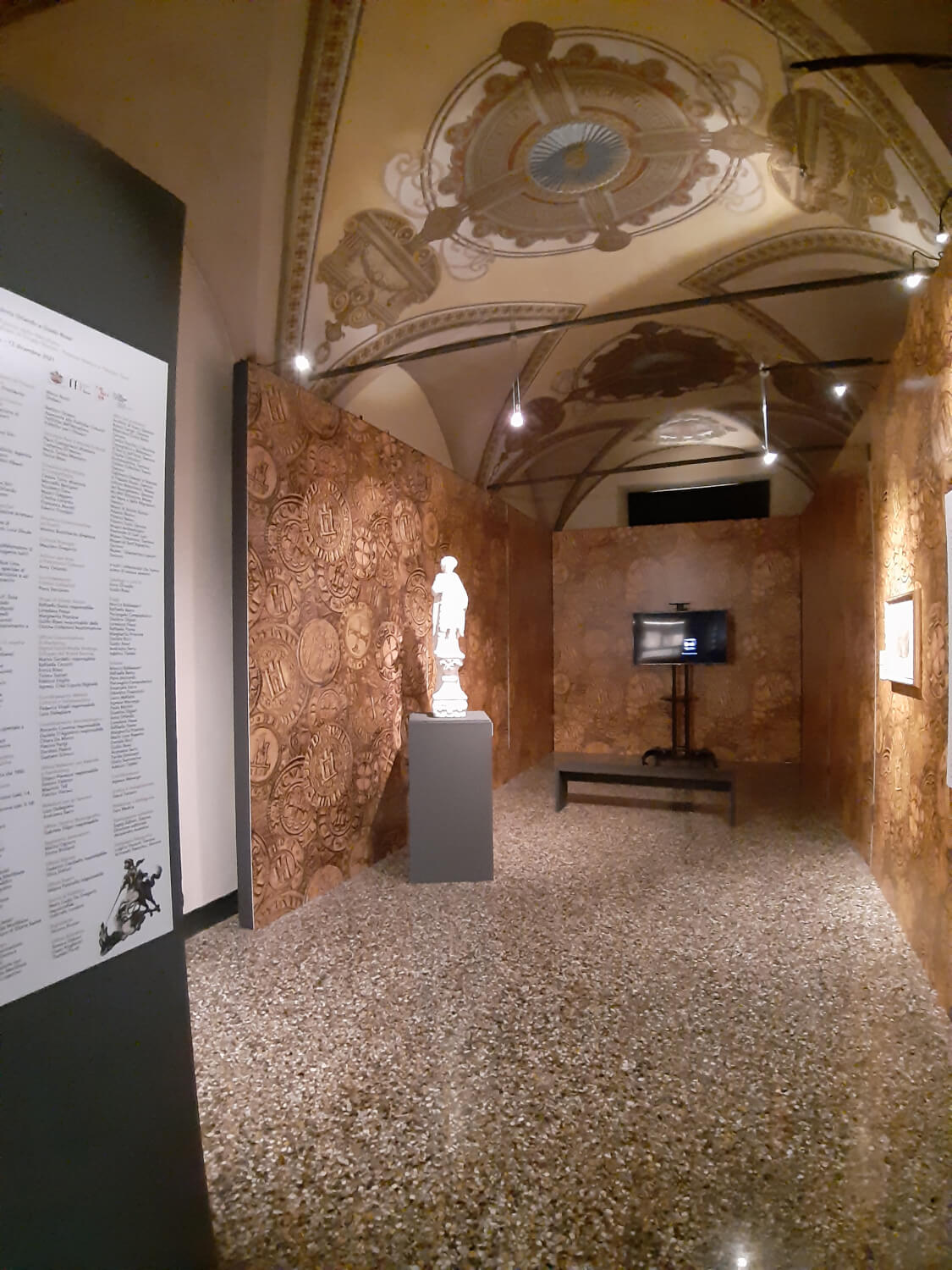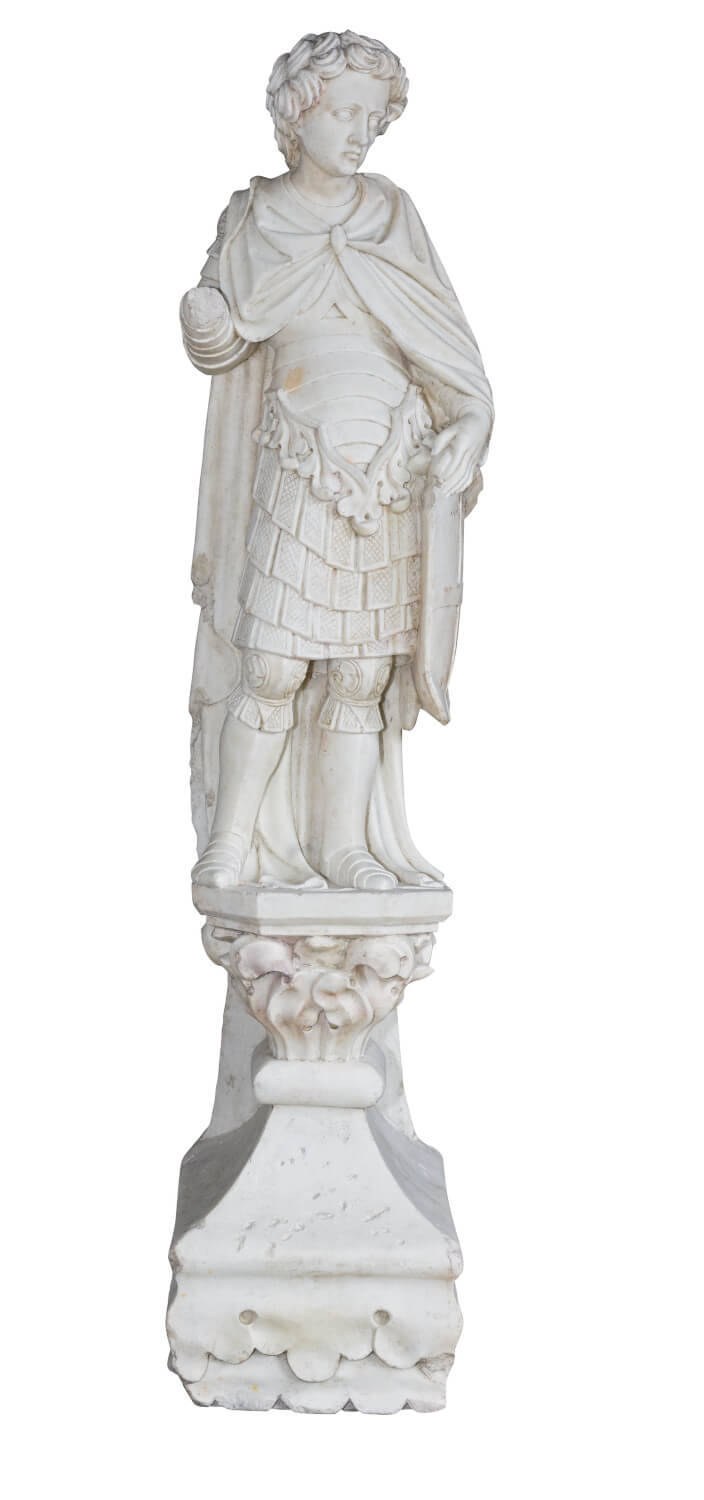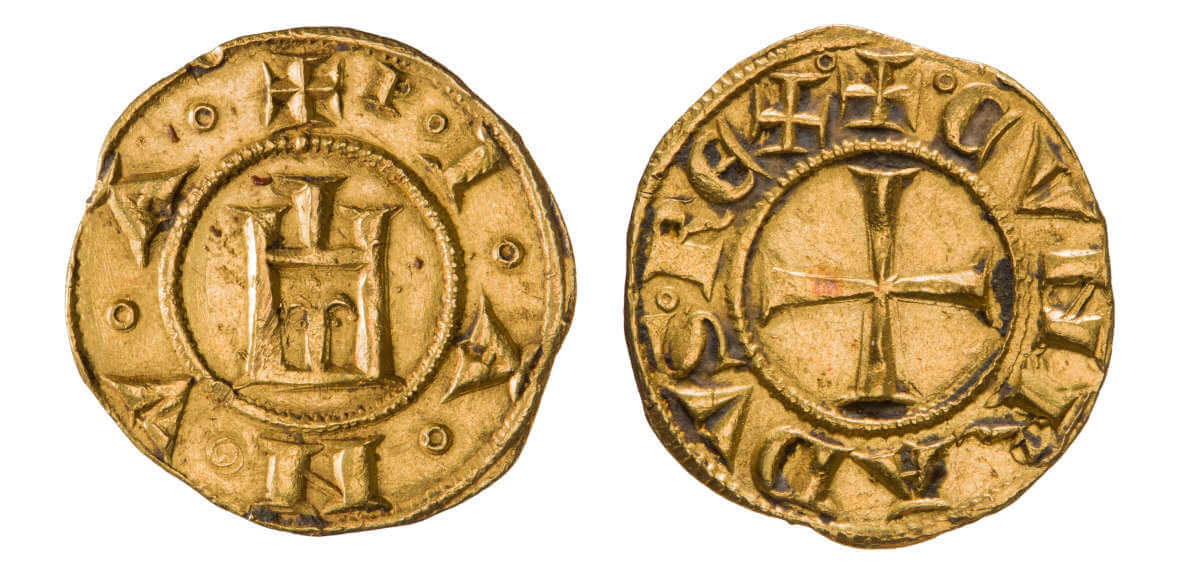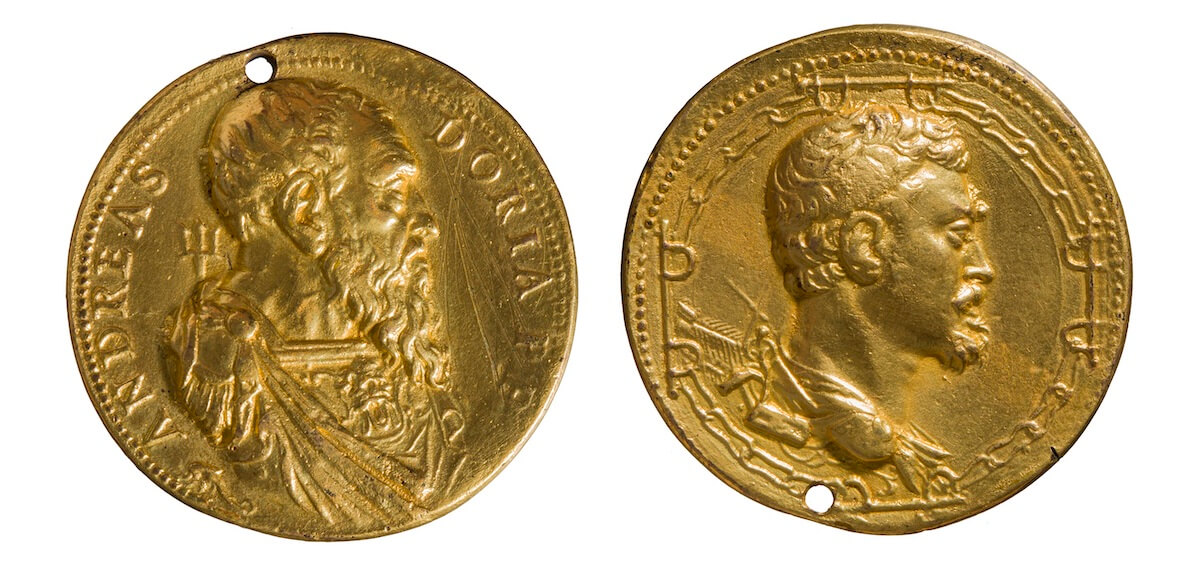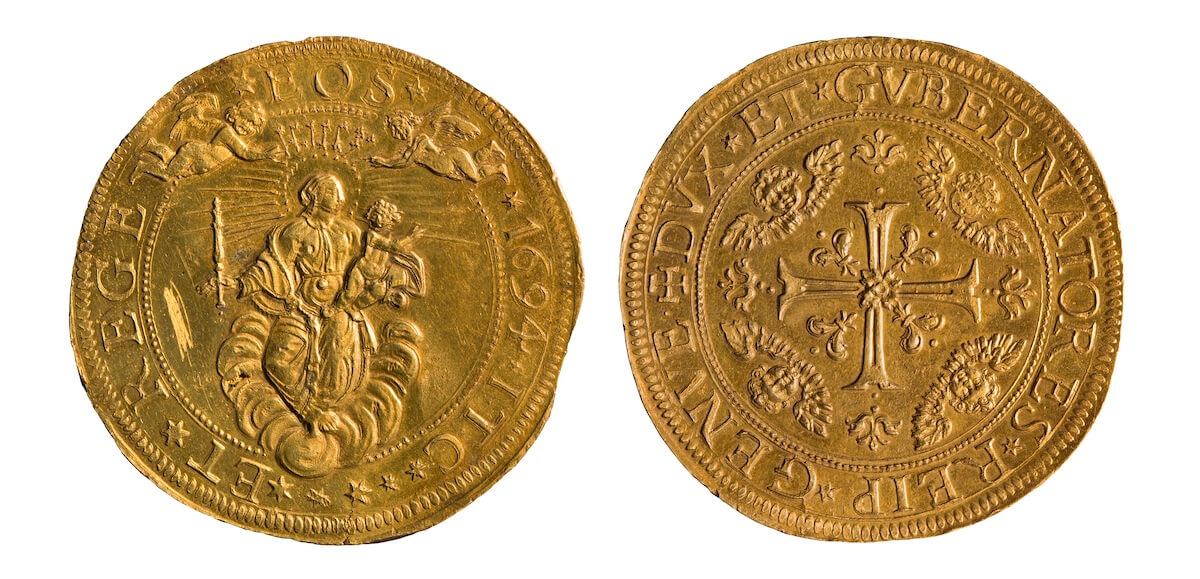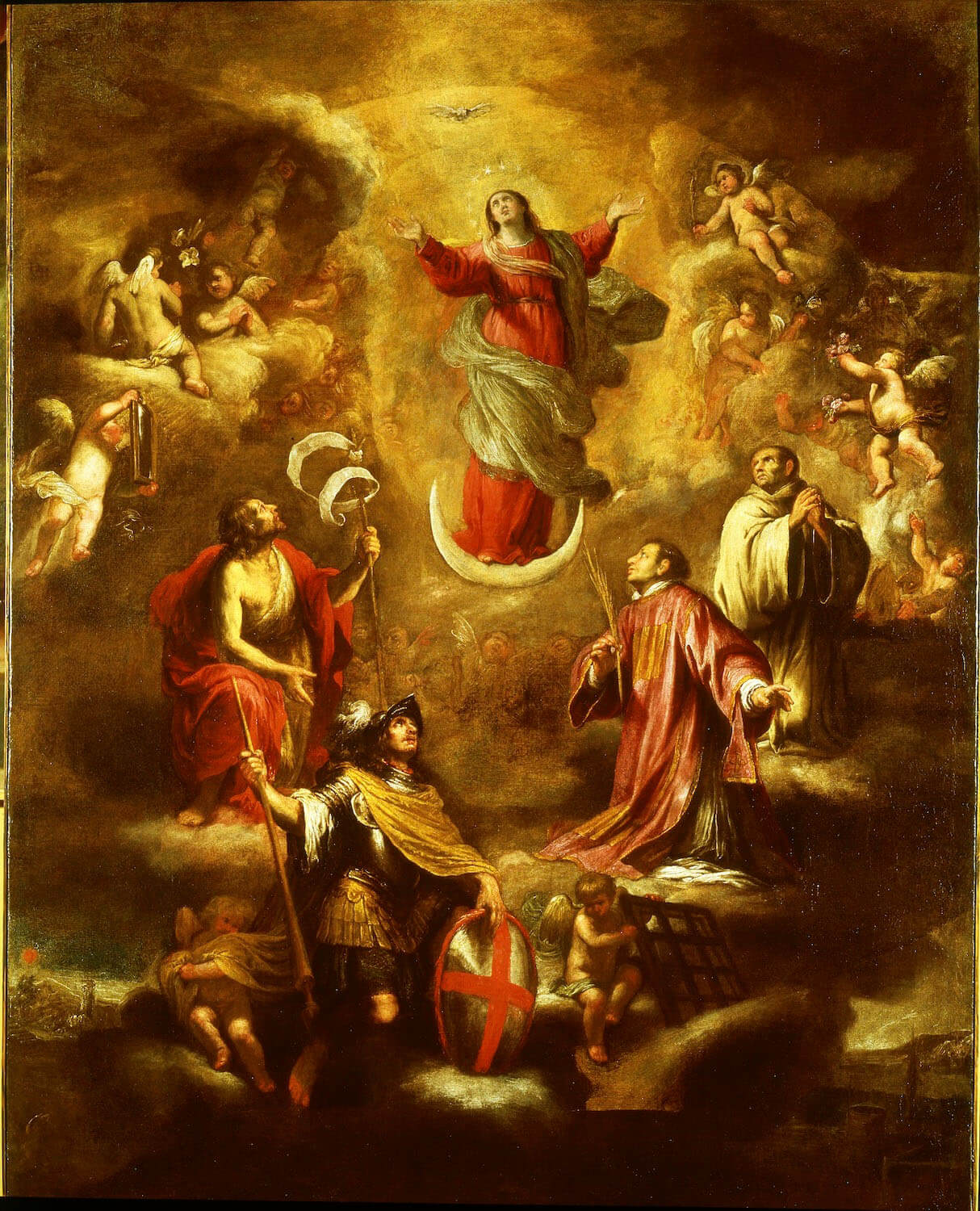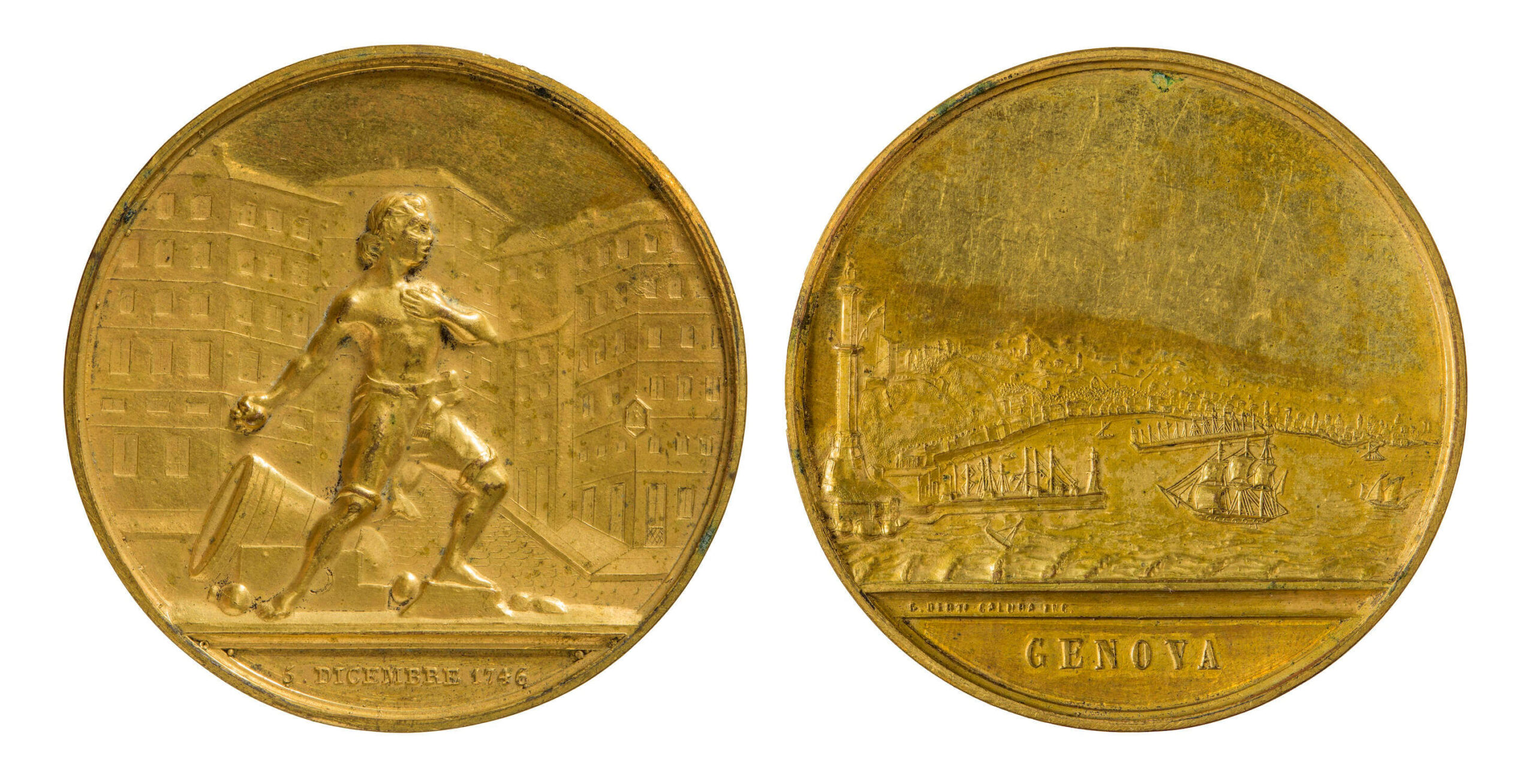
Genoa has a long and rich history, its position and harbour made it an important city of trade. An exhibition is dedicated to “The King Money. Coins tell the story of Genoa between art, luxury and thrift” in the Palazzo della Meridiana e Musei di Strada Nuova (until 12 December 2021).
The exhibition is composed of five interactive stations dedicated to one or more historical figures and coins of their time.
The exhibition presents the coins that tell not only the story of Genoas history but also of its society and the changes in taste. The journey begins with the first coins minted in the city in 1138 and ends in the 20th century. The exhibition complements the coins with other objects as paintings, sculptures, precious artifacts, historical memorabilia and archival documents. At the end one comes to the conclusion that Genoa was ruled by money, King Money.
Saints and Basilisks: Legends and Truth at the Origins of a Seaside Town (4th-10th Centuries)
The origin of Genoa, as usually, lies somewhere between legend and history. In Genoa it is said that two saints defeated two fantastic beasts: Saint George fought the dragon, and Saint Syrus the basilisk. Both stories influenced the city as well as their population. As the city did not struck their own coins before the 12th century, the Roman and Byzantine coins were normally used. The introduction of silver money in Carolingian age was a monetary revolution.
Genoese Therefore Merchant: Genoa To The Conquest Of The Mediterranean (11th-14th Centuries)
As many other seaside towns Genoa was inclined to commerce. Even one of the city’s heroes was a merchant: Benedetto Zaccaria. He played a crucial role in the victory over the great rival Pisa. At this time, many Genoeses were active in commerce and banking.
Another important personality was Guglielmo Embriaco, who participated in the First Crusade. After the seizure of Caesarea in Cappadocia he brought the “Sacred Basin” to Genoa. Today is is one of the city’s most prestigious relics. Finally, in 1138 Emperor Conrad III granted Genoa the right to mint their own coins. These early issues show on the obverse the cross and on the reverse a stylized architecture that recalls the city itself. In the period of the free Communes, Genoa started minting one of the first coins made of gold, the genovino.
Between Mediterranean and Europe: The Aristocratic Republic, the Great Nations and the Golden Century (15th -17th Centuries)
At the end of the Middle Ages Genoa was dominated by foreign powers. Not only the coins changed their name – from genovino to ducato –, but also the symbols changed. In the sixteenth century Genoa acquired such a fame in international politics as never before or after. The mighty admiral Andrea Doria forced the Spanish Royal House to declare bankrupt. The financial hegemony of Genoa changed its face and the city became the wonderful “City of Palaces” we know today.
The Bankers of the King: From Apogee to Sunset (17th-18th Centuries)
The 17th century was a golden age for Genoa, but signs of decline already appeared. Europe’s monarchies overtook the Republic. Genoa found a way typical of its famous stubbourness: the Republic turned into a monarchy – governed by Virgin Mary. She is represented on coins of the time. And we can see the general financial power in the coinage, too: multiples of increasing value appear as well as doubles, the biggest pure gold coins weighted 168 grams. In 1684, however the French win over Genoa by bombing the city and marking the big defeat that influenced even fashion and arts.
Genoese People in Crisis: In the Midst of Revolts and Conspiracies (18th-19th Centuries)
The crises of the late 17th century changed the following period of enlightenment. A new and enterprising social class raised, the bourgeoisie. The political changes influenced the symbols on the coins, too, and after the commemorating of the French bombardment, Genoa returns to the Virgin as Queen of the city. A new image is connected with Liguria: the fasces, the Phrygian caps, and the inscription “Union and Force”. Napoleon’s visit was also subject of coinage and his portrait appeared for the first time in Genoese coinage.
Financiers and Patrons: From the Unification of Italy to World War I
Genoa kept on standing out because of their money: now it is no longer the money of the commerce that dominates the city but the donated money offered to the needy. After the unification of Italy the Genoese Mint ends its activity. The last marengo was minted in 1860 showing the symbols of Genoese. It became a sort of “Euro” of other times until 1927.
Then the unified lira took over the local mints. At this point, the exhibition ends too.
You can find more information on the website of the Palazzo della Meridiana.





